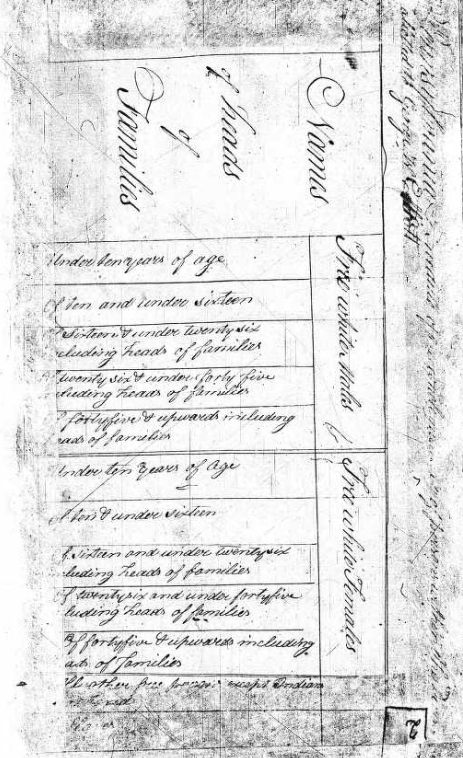
The IPUMS journey to global domination dissemination is being celebrated this summer through an exhibit in the Seminar Room at the Minnesota Population Center.

The IPUMS journey to global domination dissemination is being celebrated this summer through an exhibit in the Seminar Room at the Minnesota Population Center.

In collaboration with our partners at Ancestry.com, the Minnesota Population Center has released new historical census data through IPUMS-USA. Full count data for 1790-1840 is available via IPUMS-USA as household-level and county-level datasets* for each decennial census year and for the combined years, 1790-1840.
 IPUMS-International currently disseminates census microdata from 82 countries around the world. It’s an impressive collection. But it still only covers about half the world’s countries. Under the TerraPop project, we are working to assemble a truly comprehensive global collection of population data.
IPUMS-International currently disseminates census microdata from 82 countries around the world. It’s an impressive collection. But it still only covers about half the world’s countries. Under the TerraPop project, we are working to assemble a truly comprehensive global collection of population data.

We all know about what Phyllis Moen calls the linear lockstep life path: first learning, then working for advancement (or at least security), then retirement. What happens when this traditional path no longer fits the realities of most people’s lives?

The team at IPUMS-USA is excited to announce the release of the 2015 American Community Survey (ACS) microdata file. IPUMS USA now contains 16 years of yearly ACS microdata for analysis. For researchers, ACS data is the most frequently used IPUMS data.

Researchers from Cornell University, the University of Minnesota, and the Minnesota Population Center have used IPUMS Time Use data to find that mothers are less happy than fathers with their parenting duties. Mothers report more stress and greater fatigue than fathers. This experience gap is attributed to the differing tasks of each parent. The paper was recently published in the American Sociological Review.

IPUMS has updated the family interrelationship variables in IPUMS CPS and the Integrated Health Interview Series (IHIS) to include same-sex and cohabiting couples. The updated variables dramatically reduce research barriers for those interested in this family and household context.